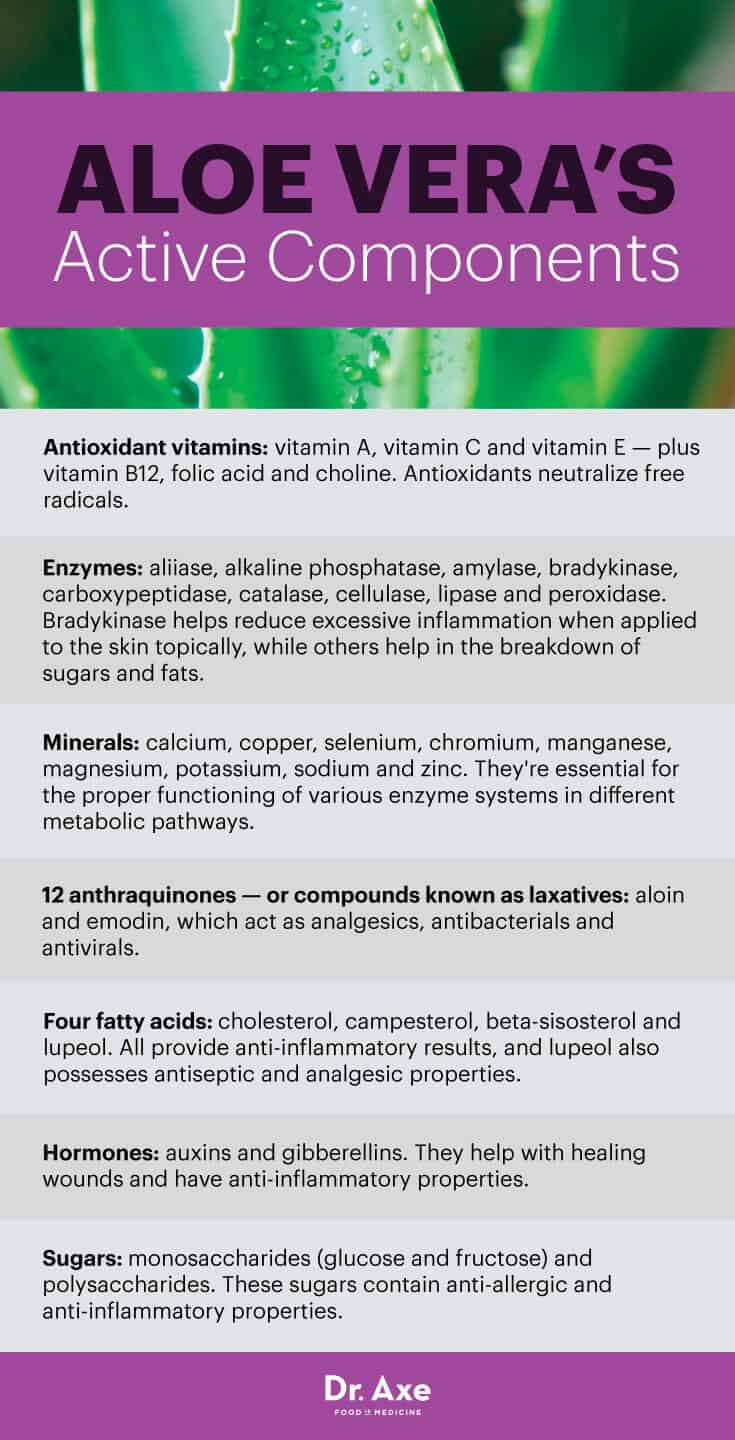Swdish Glam Carrot oil Bronzing gels - 76 % amaizing aloe vera!
Aloe vera produces two substances used for medicine: The gel is obtained from the cells in the center of the leaf, and the latex is obtained from the cells just beneath the leaf skin.
Most people use aloe gel as a remedy for skin conditions, including burns, sunburn, frostbite, psoriasis and cold sores, but there is a host of other aloe vera benefits. Aloe gel is used for treating osteoarthritis, bowel diseases, fever, itching and inflammation.
It’s also used as a natural remedy for asthma, stomach ulcers, diabetes and for soothing side effects of radiation treatment. Aloe latex is used to naturally treat depression, constipation, asthma and diabetes.
Aloe Vera Nutrition Facts
Aloe vera is one of approximately 420 species of the genus Aloe; the botanical name of aloe vera is Aloe barbadensis miller, and it belongs to the Liliaceae family. It’s a perennial, xerophytic, succulent plant that’s green and has triangular, fleshy leaves with serrated edges. The geographic origin of aloe vera is believed to be in Sudan, and it was later introduced in the Mediterranean region and most other warm areas of the world, including Africa, Asia, India, Europe and America.
Aloe gel is the clear, jelly-like substance found in the inner part of the aloe plant leaf. Aloe latex comes from just under the plant’s skin and is yellow in color. Some aloe products are made from the whole crushed leaf, so they contain both gel and latex.
Aloe vera is considered to be the most biologically active of the Aloe species; astonishingly, more than 75 potentially active components have been identified in the plant, including vitamins, minerals, saccharides, amino acids, anthraquinones, enzymes, lignin, saponins and salicylic acids. It provides 20 of the 22 human-required amino acids and eight of the eight essential amino acids.
Aloe vera contains many vitamins and minerals vital for proper growth and function of all the body’s systems. Here’s an easy explanation of aloe vera’s active components:
- Aloe vera contains antioxidant vitamins A, C and E — plus vitamin B12, folic acid and choline.
- It contains eight enzymes, including aliiase, alkaline phosphatase, amylase, bradykinase, carboxypeptidase, catalase, cellulase, lipase and peroxidase.
- Minerals such as calcium, copper, selenium, chromium, manganese, magnesium, potassium, sodium and zinc are present in aloe vera.
- It provides 12 anthraquinones — or compounds known as laxatives. Among these are aloin and emodin, which act as analgesics, antibacterials and antivirals.
- Four fatty acids are present, including cholesterol, campesterol, beta-sisosterol and lupeol — all providing anti-inflammatory results.
- The hormones called auxins and gibberellins are present; they help with healing wounds and have anti-inflammatory properties.
- Aloe vera provides sugars, such as monosaccharides (glucose and fructose) and polysaccharides.

9 Proven Aloe Vera Benefits
1. Soothes Rashes and Skin Irritations
There have been numerous reports that have explored the role of topical aloe vera administration in skin conditions and wound healing management, including the treatment of psoriasis, dermatitis, oral mucositis, surgical wounds and as a home remedy for burn injuries. The first study of this kind was surprisingly done in 1935! Aloe vera extract was reported to provide rapid relief from the itching and burning associated with severe radiation dermatitis and skin regeneration.

Comments
Post a Comment